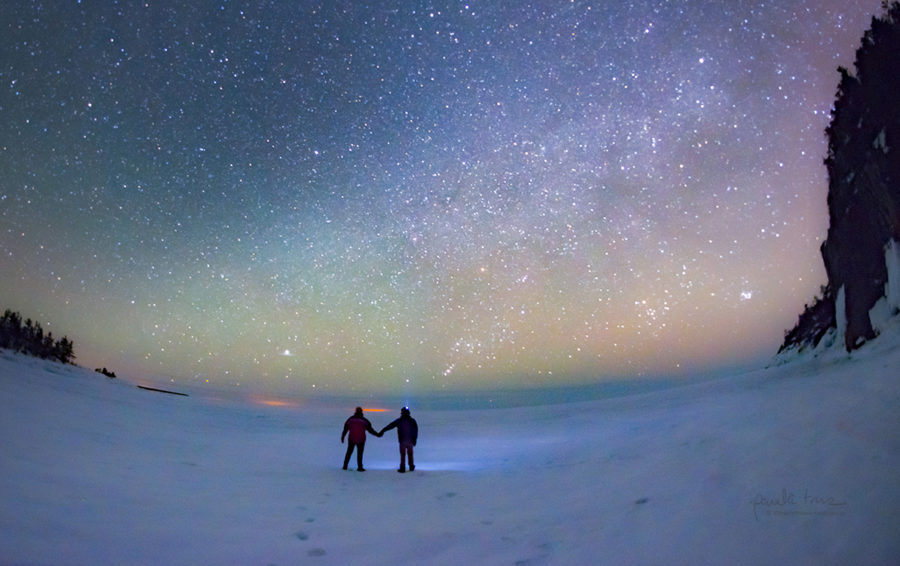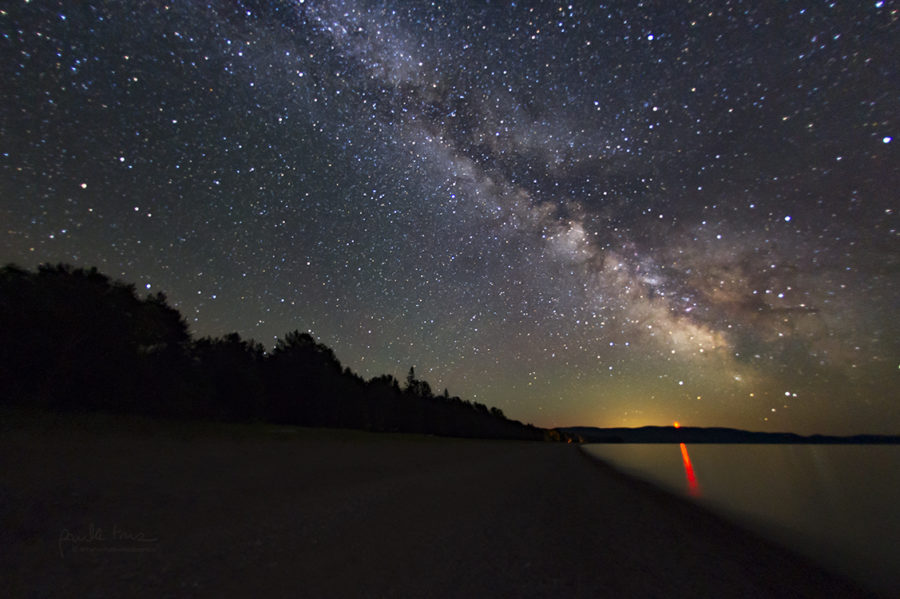
On July 17, 2018, Lake Superior Provincial Park was officially recognized as a nationally certified Dark Sky Preserve by the Royal Astronomical Society of Canada, becoming our second provincial park to earn this prestigious designation.
Lake Superior Provincial Park is a paradise for night sky viewing. If you like to sit on a beach on a clear summer night and gaze up at the countless stars filling the sky, or are a photographer looking for opportunities to shoot the night sky, the park is full of beautiful places with beautiful night skies.

Lake Superior Provincial Park is among the darkest of all Dark Sky Preserves in Canada, and also on Earth.
With its remote location and very few artificial lights, Lake Superior Provincial Park is essentially free of light pollution. The park is home to one of four of the darkest sections along the entire 7.821 km length of the Trans-Canada Highway.
The park is home to significant populations of nocturnal animals, including bats, beavers, wolves, Northern Flying Squirrels and owls — all creatures that benefit from the preservation of darkness.

The latitude and darkness of the park provides some of the best opportunities along the southern border of Canada from which to view the Aurora Borealis (Northern Lights).
~
Stargazing in the park
An area for observing the night sky will be designated on the beach at the Agawa Bay Campground, in close proximity to the Visitor Centre. The observing area offers exceptional views of the night sky looking west, north and south.
The photo below was taken from the observing area:

There are also opportunities for exceptional night sky viewing at Rabbit Blanket Lake campground, as shown in the photo below:

For those wanting to explore the backcountry, the hiking trails and canoe routes also offer great opportunities for night sky viewing.
Campsites along the Lake Superior coastline, looking out over the expanse of one of the world’s largest freshwater lakes, are home to photo-worthy sunsets.
However, a different world emerges once the sun goes down and darkness sets in. On a clear night, the skies come alive with the twinkle of stars. Perhaps you will be able to see the Milky Way, or maybe another planet. Or will the sky come alive with the colours of the Northern Lights?

Don’t forget to bring along a constellation guide, or download an app to see how many constellations you can identify.
The dark skies of Lake Superior Provincial Park truly are a paradise for night sky viewing and photography.


